White oak wood is a highly sought-after material in the realm of interior design and construction, valued for its durability, versatile aesthetics, and adaptability to various applications. White oak wood is a species known for its strength, making it a popular choice for a wide range of projects, from flooring to furniture and beyond.
Some uses of the white oak wood
One of the prominent uses of white oak wood is in the creation of white wooden floors. These floors, crafted from white oak planks, exude a timeless and elegant charm. White oak's distinctive grain pattern adds character to the floors, creating a visually appealing surface that complements a variety of interior styles. Whether used in traditional or modern settings, white oak wooden floors contribute to a sense of warmth and sophistication. The versatility of white oak extends to the realm of engineered wood, where it is used to create white-engineered wood products. Engineered wood combines the natural beauty of wood with enhanced stability and resistance to moisture. White-engineered wood is created by layering a thin veneer of white oak over a core of composite materials. This construction not only provides a durable and stable surface but also allows for a more affordable alternative to solid wood.
The white engineered wood floor, a specific type within the engineered wood category, offers the aesthetic appeal of white oak with added practical benefits. These floors often come pre-finished, saving homeowners the time and effort of finishing on-site. The engineered construction of these floors also makes them more resistant to changes in temperature and humidity, making them suitable for installation in areas where solid wood may be less practical. The concept of reclaimed white oak introduces an eco-friendly dimension to the use of white oak wood. Reclaimed white oak is sourced from salvaged structures, giving new life to wood that has been previously used in buildings or structures. This type of wood carries a unique charm, often bearing the marks of its previous life, such as nail holes, saw marks, and patina. Reclaimed white oak adds a sense of history and sustainability to interior design projects, making it a favored choice for those who appreciate the character and story embedded in each piece.
Aesthetics of white oak wood
White-washed engineered wood represents a design trend that has gained popularity in recent years. This technique involves applying a white or light-colored stain to the surface of engineered wood, creating a white-washed effect. White-washed engineered wood offers a modern and fresh aesthetic, making it an attractive choice for contemporary interiors. The process of white-washing allows the natural grain of the white oak to subtly show through, adding depth and texture to the finished product.
The appeal of white oak wood lies not only in its aesthetic qualities but also in its inherent strength and durability. White oak is known for its resistance to decay and insect infestations, making it a popular choice for long-term use. This durability makes white oak wood suitable for high-traffic areas, ensuring that floors and furniture crafted from this material withstand the test of time. In interior design, the use of white oak wood provides a neutral backdrop that can be easily paired with various color schemes and design elements. The light tone of white oak brightens spaces, making them feel open and inviting. Its adaptability to different styles, whether used in rustic, farmhouse, or contemporary settings, makes white oak a versatile material that can seamlessly integrate into diverse design aesthetics.






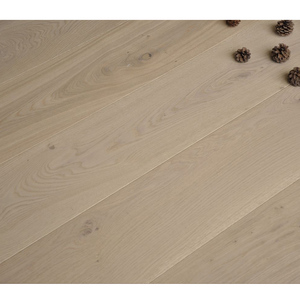

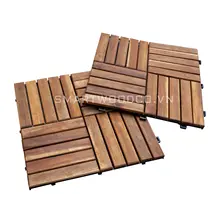

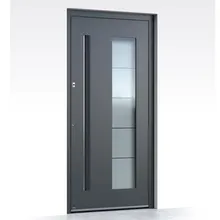





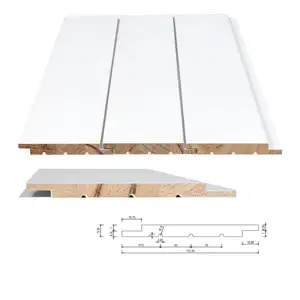
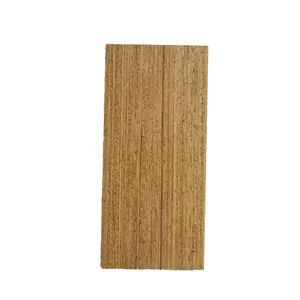
























 浙公网安备 33010002000092号
浙公网安备 33010002000092号 浙B2-20120091-4
浙B2-20120091-4